Platelet Rich Plasma injections
Platelet Rich Plasma Injections – a brief overview:
Platelet rich plasma therapy (abbreviated as PRP) is the re-administration of the your own platelets to activate the body’s natural healing cascade for repair and regeneration. PRP has been successfully used for the management of several musculoskeletal conditions such as ligamentous tear, joint inflammatory disorders, tore tendons and muscular ailments. In fact, Platelet rich plasma injections are replacing traditional orthopedic surgery in many instances for conditions ranging from soft tissue injuries (tendonitis, muscle tears, ligamentous injuries) to various joint afflictions, such as a torn meniscus or mild to moderate arthritis of the joint.
PRP is prepared by centrifuging a small amount of patient’s blood to obtain a platelet-rich sample. The platelets are activated and then injected under ultrasound guidance. In most cases, the treatment can be completed in one session. More than one course of PRP may be required and can be safely performed depending upon the response to the therapy and clinical indications.
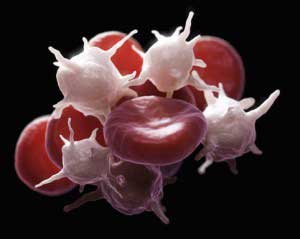
Step 1: Collect Blood
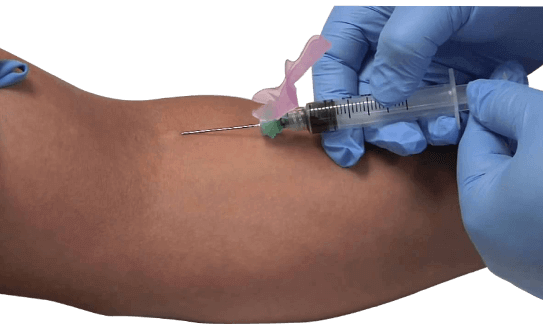
Step 2: Centrifuge Blood
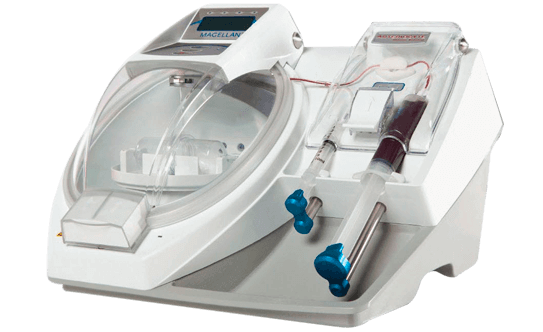
Step 3: Light Activation
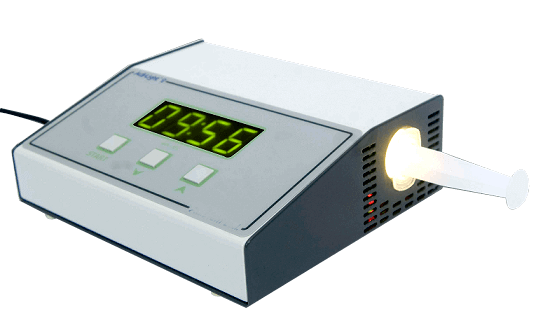
Step 4: Inject Under Ultrasound Guidance
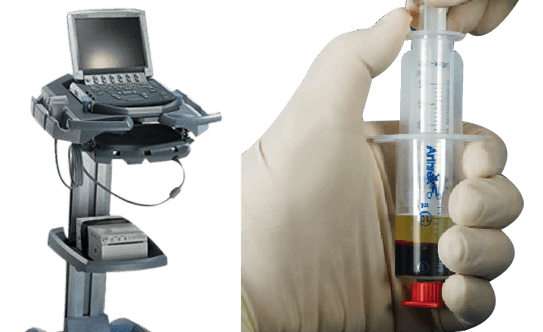
The treatment exert positive effects via multiple mechanisms including:
- Activation and release of the body’s natural growth factors in the abnormal tissue. This response has been proven to stimulate the tissue regeneration processes.
- Localized inflammatory response that increases the blood flow to the abnormal tissue.
- Limitation of scar tissue formation.
Your body’s growth factors that are present in Platelet Rich Plasma include:
Improving the quality of results with PRP Injections
The results of platelet rich plasma therapy can be further improved by using ultrasound guidance to increase the precision of the injection. Additionally, ultrasound guided PRP injections are associated with minimizing the risk of post-procedure pain and discomfort.
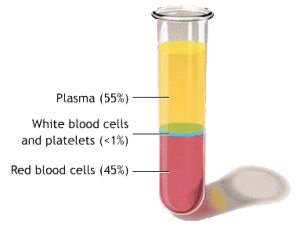
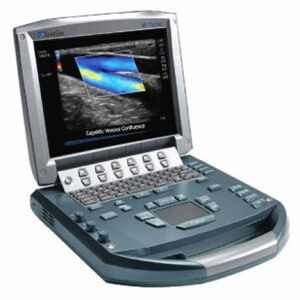
Contraindications to Platelet Rich Plasma Injections:
Although the treatment is generally well-tolerated by individuals of all age groups, there are certain contraindications to PRP Injections. For example:
- Recent history of anti-coagulant therapy/ course
- Bleeding disorders
- Pregnant or breastfeeding mothers
- Active malignancy, severe infection or thrombocytopenia
What to expect from PRP therapy?
Depending upon the initial extent of injury, the overall process of healing may take a few weeks, and rarely, up to a few months. While most patients do not require more than 1 -2 injections, you should know that complete regeneration of damaged collagen may require multiple sessions. In the early post-therapy period (2-3 weeks after the PRP injection), most patients report remarkable improvement in the severity of symptoms such as pain and discomfort.
If you are looking to restore the anatomical and physiological health of your joints and soft tissue elements, speak to your doctor to see if you are a candidate for Platelet Rich Plasma therapy.
After the PRP Injections:
The aftercare for most PRP injections is relatively simple. Patients will resume activity at their own pace. The pain from the process typically will last a few days, occasionally longer, and some patients have more severe or sporadic pain than others. Because your own blood is used, there is no risk of a transmittable infection and a very low risk of allergic reaction to the treatment.
Who should give Platelet Rich Plasma Injections?
We recommend going to a clinician with experience in giving Platelet Rich Plasma injections. We give Platelet Rich Plasma injections under ultrasound guidance.
